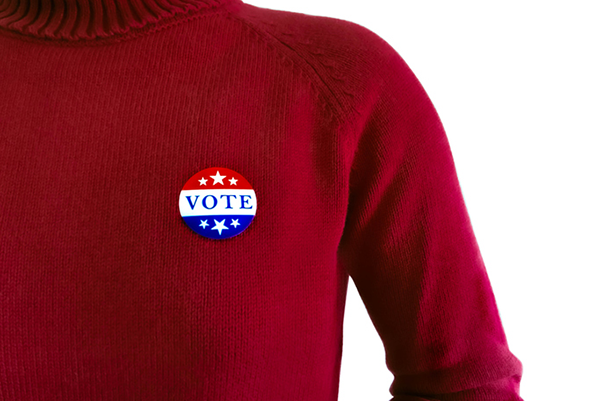Author: Annette Malave, SVP/Insights, RAB
Here we are. Welcome to the first week of 2024! This first week is when many will start something new. Whether that “new” is exercise, reading more, taking on a new hobby or something else, it is also a good time to remember some of the things from 2023.
Continue reading “Radio Highlights to Kick Off 2024”






